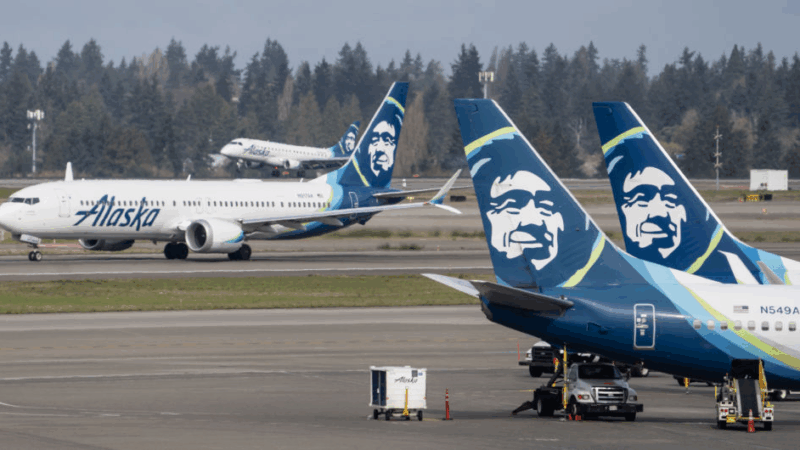A Dialogue on the Brain with the Dalai Lama
A Dialogue on the Brain with the Dalai Lama
The brain is a changing organ that can heal itself after injury. That’s the message from a dialogue involving the Dalai Lama and scientists at UAB’s Alys Stephens Center Saturday.
The symposium, titled “Neuroplasticity and Healing,” featured the research of Michael Merzenich and UAB neuroscientist Edward Taub. Merzenich pioneered the concept of neuroplasticity — the ability of the brain to grow, change, and heal. Scientists previously thought once a person reached adulthood, his or her brain was basically fixed. If the brain was injured, there was little that could be done to repair it.
Taub’s research has shown that’s not the case. He developed Constraint-Induced Movement Therapy which has been used to treat victims of stroke and other brain injuries. The therapy “rewires” the brain so the patient regains movement in the affected body part.
One person’s experience with the therapy
Merzenich and Taub presented their findings as the Dalai Lama periodically interrupted with questions.
“Since childhood [I] was always curious,” said the Dalai Lama. “Whenever I came across something new, I always raised the question why? How?”
The Dalai Lama explained that neuroscience is an area he has had a long-time interest in and by meeting with scientists he seeks to expand his knowledge and make real life applications.
East vs. West
Symposium moderator Norman Doidge noted the differences between Eastern and Western approaches to medicine. Western methods tend to break down and analyze while Eastern medicine looks more holistically. He says there had often been misunderstanding between the two sides but neuroplasticity offers a bridge.
“Many of the claims that Eastern medicine was making fell on deaf ears because we didn’t have a concept to explain how these mental practices could achieve the outcome that were often claimed,” said Doidge. “So there was a tendency to distrust them…think them superstitious.”
During the Dalai Lama’s visit, his first to Alabama, he will also host an interfaith dialogue at the Alabama Theater Sunday morning and give a public talk on secular ethics at Regions Field Sunday afternoon.
Meanwhile protesters have followed the Dalai Lama’s appearances in Birmingham. Members of the International Shugden Community say he has banned the tradition of praying to the Buddhist deity Dorje Shugden. Protesters say this has led to an aggressive campaign of persecution and discrimination against the sect.
~ Andrew Yeager, October 25, 2014
Top Instagram reels from Goats and Soda in 2025: Plumpy’Nut, aid cuts, soccer grannies
Our most-viewed Instagram videos include reports from a Rhode Island factory that makes special food for malnourished children and from a tournament for soccer-playing "grannies."
Should the U.S. model its vaccine policy on Denmark’s? Experts say we’re nothing alike
The Trump administration wants to revamp U.S. childhood vaccination recommendations to align with some other peer nations, including one tiny country in northern Europe.
Marijuana rescheduling would bring some immediate changes, but others will take time
President Trump set the process in motion to ease federal restrictions on marijuana. But his order doesn't automatically revoke laws targeting marijuana, which remains illegal to transport over state lines.
Why do airline computer systems fail? What the industry can learn from meltdowns
Alaska Airlines is the latest airline to ground its planes because of an IT meltdown. We talked to industry leaders about why these systems fail, and what airlines can learn from past disruptions.
Want a stronger body this year? Our newsletter can help you reach your goal
If your New Year's resolution is to start resistance training, Life Kit is here to help. Sign up for our Guide to Building Strength and get a month of expert tips on how to create a lasting routine.
As insurance prices rise, women puzzle through coverage options for their families
Figuring out the insurance options for families often falls to women. Some say they're delaying marriage, taking side jobs, and putting their kids on Medicaid as premium prices shoot up in 2026.







